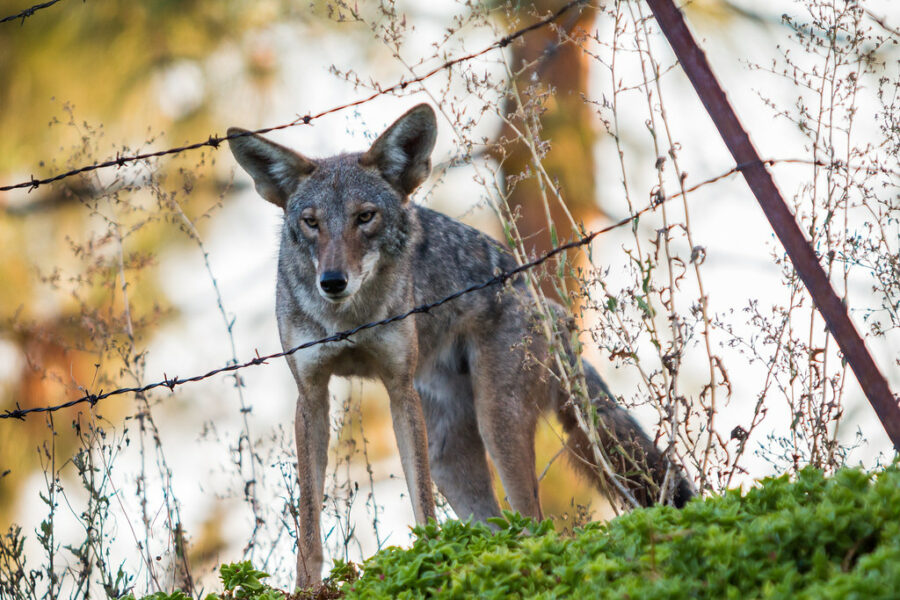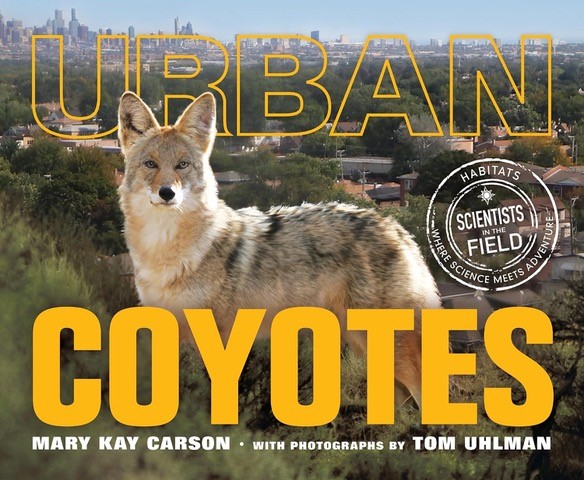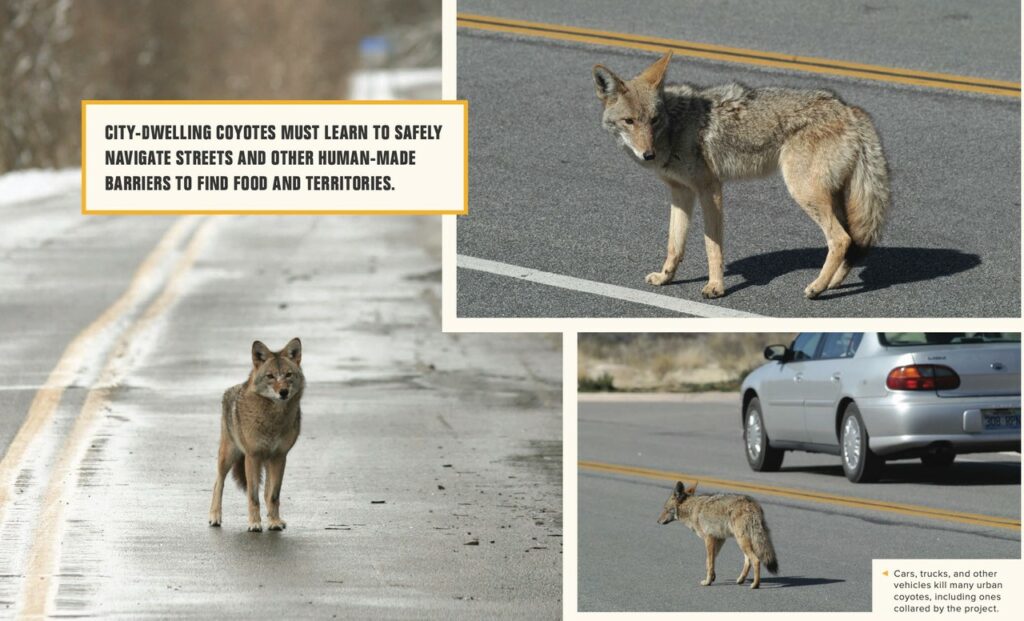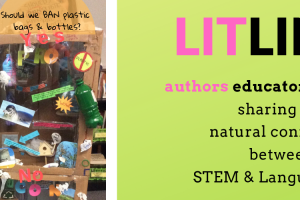GUEST BLOGGER MARY KAY CARSON
Persuasive writing is one of the basic writing forms taught in schools today. It seeks to convince or persuade readers on a particular topic or point of view, and/or to take a desired action. The bread and butter of persuasive writing is building a compelling argument for or against something through logic, reasoning, and evidence. That’s a perfect structure to practice the organizational skills needed for all sorts of writing.
Caring motivates sharing
A key to teaching a successful persuasive writing lesson is first getting students engaged in a topic. Once kids have acquired facts and formed opinions, they feel empowered and excited to take the next step: share their thoughts and feelings through words on the page. No one sits down to write a letter to a government representative, newspaper editorial board, or customer service department for no reason. The desire to influence decisions, demand change, or seek restitution drives much of the persuasive writing we encounter day to day. Helping students to harness that emotional connection to a topic and take a position will help them write with more power to influence readers.
Persuasive writing prompt: are city coyotes a problem?
Kids care about animals, both wildlife and pets. At times a controversial intersection between the two in many parts of North America is the growing presence of coyotes. Once a western animal of deserts and prairies, coyotes now live coast to coast. Human activity inadvertently expanded the coyote’s range and provided it suitable habitat by chopping down forests, eliminating wolves and other large predators, and boosting rodent populations. Their singular adaptability, intelligence, and ability to learn has allowed coyotes to move in and thrive where few predators of their size can—in close proximity to people. Coyotes today not only trot through backyards and den in suburban parks, they raise pups in downtown cemeteries and expertly navigate urban streets.
Pre-writing activity
- Begin with a casual classroom discussion. Ask students what they know about coyotes. Invite them to share any personal experiences: sightings, roadkill, hunting, fables, cartoons, etc.
- Have students read Urban Coyotes. (Chapters 3 and 6 are especially important for this topic.)
- After reading, facilitate a more structured discussion about coyotes moving into populated areas. Create a list of bullet points on the board from students’ comments under the headings: PROBLEM PEST / IMPORTANT PREDATOR.
Activity: Write a persuasive essay
Once sufficient enthusiasm is generated for the topic, ask students to choose a side of the argument. They must a persuasive essay that supports their views and ultimately influences readers. Encourage students to include at least three reasons in support of their chosen position. Invite students to share their essays with the class, revisiting the debate in a follow-up class discussion. Did students chang their minds?
Featured image credit: “Urban Coyotes” by Santa Monica Mountains National Recreation Area, marked with Public Domain Mark 1.0.
Mary Kay Carson is an author of nonfiction books for young people. Her books have received more than a dozen starred reviews, as well as multiple awards, including the 2019 AAAS/Subaru SB&F Prize for Excellence in Science Books for Alexander Graham Bell for Kids. She has written seven titles in Clarion’s acclaimed Scientists in the Field series. Find out more at www.MaryKayCarson.com or follow her on Twitter, Facebook, and Instagram: @MaryKayCarson













Leave a Reply
Your email is safe with me.